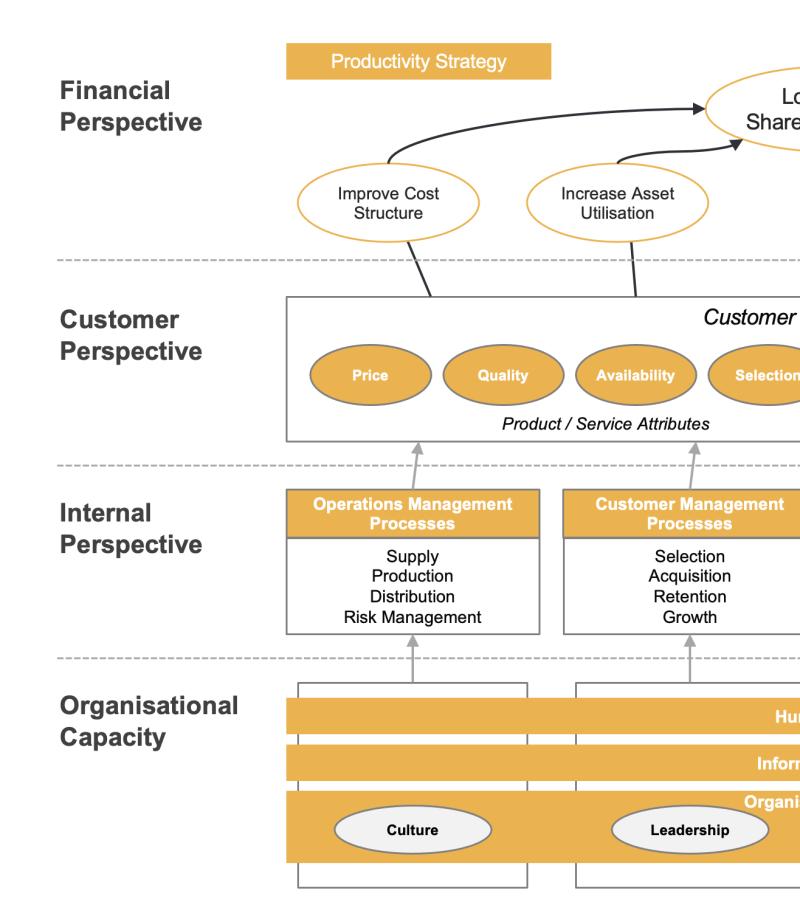What is Strategic Finance?
Strategic Finance is the practice of aligning a company’s financial planning, decision-making, and resource allocation with its long-term strategic goals.
Unlike traditional finance, which often focuses on short-term budgeting and reporting, strategic finance takes a forward-looking approach—helping businesses make choices today that strengthen their competitive position in the future.
Purpose of Strategic Finance
Support Long-Term Growth
Ensures that financial resources are directed toward projects and investments that drive sustainable expansion.Enhance Decision-Making
Uses data-driven financial modeling and scenario planning to evaluate potential strategies before committing resources.Risk Management
Identifies financial, operational, and market risks early, allowing for proactive mitigation.Capital Allocation
Optimizes how money is invested across departments, projects, or acquisitions to achieve the best return.Align Finance with Business Strategy
Ensures the finance function is not just a “scorekeeper” but an active partner in shaping the company’s direction.
Benefits of Strategic Finance
Improved Financial Performance – Better ROI through smart investment choices and resource prioritization.
Competitive Advantage – Ability to respond faster to market changes and competitor actions.
Sustainable Growth – Maintains a balance between short-term profits and long-term objectives.
Informed Investments – Reduces guesswork by relying on robust data and forecasting.
Stronger Stakeholder Confidence – Shareholders, employees, and partners trust the company’s direction when backed by sound financial strategy.
In short: Strategic finance turns the finance department into a growth driver rather than just a reporting function—making money decisions that actively shape the future of the business.
Strategic Finance in Modern Business
Strategic finance is a modern approach to financial management that goes beyond traditional accounting and reporting to actively drive a company's long-term growth and value creation.
What Is Strategic Finance in Modern Business?
Strategic finance is a forward-looking and dynamic approach that integrates financial planning, capital allocation, and business strategy to maximize long-term shareholder value.
Efficient Resource Allocation: Ensuring every investment, whether in technology, operations, or marketing, aligns with and contributes to the company's long-term financial goals and yields maximum returns.
Data-Driven Decision-Making: Unifying and translating financial and operational data from across the organization into actionable insights to guide strategic choices.
Risk-Adjusted Returns: Evaluating potential investments not just on their expected gains but also on the risks involved, aiming for the best possible return given the level of risk.
Long-Term Perspective: Looking beyond immediate financial results to a horizon of five to ten years or even longer, planning for sustainable growth and financial health.
How Does Strategic Finance Differ from Traditional Finance?
The key differences between strategic finance and traditional finance (often represented by Financial Planning & Analysis, or FP&A) lie in their focus, time horizon, and role in the organization:
| Feature | Traditional Finance (FP&A) | Strategic Finance |
| Focus | Historical reporting, compliance, budget control, operational efficiency. | Value-added problem-solving, identifying growth initiatives, maximizing market value, and competitive positioning. |
| Time Horizon | Short-term (e.g., monthly, quarterly, annual budgeting). | Long-term (e.g., 3-5 years, often 5-10 years or more). |
| Approach | Reactive; analyzing past data and trends. | Proactive; anticipating future changes, risks, and opportunities. |
| Role | Support function; gatekeepers of budgets, reporting. | Key driver of business strategy; embedded in decision-making. |
| Data Usage | Primarily uses historical financial data. | Integrates real-time financial and operational data from across all business units. |
Strategic finance empowers finance teams to become business catalysts, influencing critical decisions and working collaboratively across departments rather than remaining a "back-office" function.
What Role Does Strategic Finance Play in Decision-Making?
Strategic finance plays a pivotal role in decision-making by providing the necessary insights and framework to guide an organization towards its long-term objectives.
Informing Strategic Choices: It helps evaluate large-scale investment opportunities (like mergers and acquisitions, capital expenditures, or new product development) by assessing their financial impact, potential returns, and associated risks.
Optimizing Capital Structure: Strategic finance guides decisions on the optimal mix of debt and equity financing, aiming to reduce the cost of capital and enhance financial flexibility.
Risk Management: By analyzing financial risks and market volatility, strategic finance helps leaders make risk-aware decisions, develop mitigation strategies, and prepare for various economic scenarios.
Aligning Goals: It ensures that financial goals are directly aligned with broader business objectives, preventing ambitious plans from jeopardizing the company's financial health.
Providing Data-Driven Insights: Finance teams leverage vast amounts of data to identify trends, inefficiencies, and opportunities, transforming raw data into actionable intelligence for cost cutting, investment allocation, and performance improvement.
Scenario Planning: By modeling best-case, worst-case, and most likely outcomes, strategic finance enables decision-makers to understand the potential financial consequences of different paths.
Why Is Strategic Financial Insight Critical for Growth?
Strategic financial insight is critical for sustained growth in today's volatile business landscape because it provides the clarity and foresight needed to navigate complexities and seize opportunities.
Informed Strategy: It ensures that business plans, such as expansions or new product launches, are feasible and grounded in financial reality, assessing them against historical performance, available capital, and revenue projections.
Improved Forecasting: By examining historical data and integrating market analysis, strategic finance enables more accurate projections of future outcomes, which is vital for planning headcount, production, and market entry strategies.
Better Resource Allocation: Financial insights help direct funds toward initiatives with the highest impact and minimize waste in underperforming areas, maximizing every dollar invested.
Risk Mitigation: Through scenario modeling and continuous analysis, businesses can prepare for uncertainties (e.g., market downturns, inflation, customer churn), enabling them to withstand shocks and maintain resilience.
Enhanced Stakeholder Confidence: Clear, data-backed financial insights build credibility with executives, investors, and board members, reinforcing trust in leadership's decision-making.
Operational Alignment: It ensures that all departments and teams have financial goals that directly support the overall enterprise-wide strategy, fostering coordination and coherent execution.
What Tools Are Used in Strategic Financial Planning?
Strategic financial planning leverages a variety of tools, ranging from sophisticated software to analytical frameworks:
Financial Planning and Analysis (FP&A) Software: These platforms are central to strategic finance, offering comprehensive capabilities for budgeting, forecasting, and performance analysis. Examples include Workday Adaptive Planning, Anaplan, Board, Jedox, Planful, and OneStream.
Business Intelligence (BI) and Data Visualization Tools: These tools aggregate and visualize financial data from various sources, making it easier to identify trends, patterns, and insights.
Advanced Analytics and AI/Machine Learning Models: These technologies analyze large datasets to uncover deeper trends, identify anomalies, automate processes (like reconciliations), and provide predictive insights for more accurate forecasts.
Enterprise Resource Planning (ERP) Systems: Systems like NetSuite often include modules for strategic planning, helping businesses model long-term strategies, analyze cash flow, and manage financial assumptions.
Spreadsheets (e.g., Excel): While modern software is prevalent, Excel remains a fundamental tool for financial modeling, detailed analysis, and ad-hoc scenario building, especially in smaller organizations or for specific, complex calculations.
Strategic Frameworks:
Scenario Analysis: Used to generate precise financial projections for various potential futures (e.g., best-case, worst-case, most likely) to assess risk and opportunity.
Ansoff Matrix: Helps companies plan growth strategies by considering product and market development.
BCG Matrix: Prioritizes different business units based on market growth and market share.
Porter's Five Forces: Analyzes competitive pressures in an industry.
PEST Analysis: Evaluates Political, Economic, Social, and Technological factors impacting strategy.
This video further explores the distinctions and career paths in strategic finance versus FP&A:












